This website uses cookies so that we can provide you with the best user experience possible. Cookie information is stored in your browser and performs functions such as recognising you when you return to our website and helping our team to understand which sections of the website you find most interesting and useful.
Brusnytsia Territorial Community

The Brusnytsia Territorial Community is located in the western part of Chernivtsi Oblast, within the forest-steppe physical-geographical zone. The community covers an area of 98,178 square kilometers. Its administrative center is the village of Brusnytsia, situated 34 km from the oblast center, Chernivtsi. The village of Brusnytsia is located at the intersection of state highways leading to the border with Romania. The community comprises 10 settlements.
The population of the community is 8,694 people.
History
The Brusnytsia Territorial Community was established on November 26, 2020, as part of the administrative-territorial reform. The village of Brusnytsia, formerly known as Barbivtsi, was first mentioned in documents from the 16th century. Its name originates from the Moldavian nobleman Barbu. The village’s history is closely tied to its school (established in 1878) and a church built through the efforts of local residents, reconsecrated on the feast of the Assumption of the Blessed Virgin Mary. In 1983, a village history museum was opened, housing over a thousand exhibits.
Nyzhni Stanivtsi (formerly Stanivtsi Dolishni) has been documented since 1596. During the Austro-Hungarian period, it hosted a judicial district, a distillery, a fair, and saw the establishment of a school and a post-telegraph station. After World War II, a collective farm was created.
Verkhni Stanivtsi boasts an ancient history of settlement, from the Paleolithic era to Kyivan Rus. At various times, the village was part of the Halych-Volyn Principality, Moldova, and the Ottoman Empire. The first written mention dates back to 1596. The area was linked to the events of the Khotyn Battle and the activities of the opryshky rebel Oleksa Dovbush. In the 20th century, the village experienced Romanian occupation, and since 1948, it has borne its current name. The village celebrates its day on May 22.

Economy and Welfare
The community is characterized by a temperate continental climate with sufficient humidity, cool winters, and warm summers, creating favourable conditions for agricultural development and the cultivation of various crops. The terrain features elevations, with the highest point located in the village of Ostra at 340 meters above sea level.
Among the natural resources are loam, gravel-sand mixtures, and high-quality clay (found in the villages of Vynohrad, Nyzhni Stanivtsi, Brusnytsia, and Chortoryia). Mineral-medicinal water deposits are operational in Brusnytsia and Kalnivtsi.
Forest areas cover over 2,200 hectares, including preserved coniferous (spruce, pine, fir) and deciduous (beech, hornbeam, ash) forests. The protected areas include an ornithological reserve, a dendrological park, and the “Chortoryiskyi” and “Brusnytskyi” parks.
The community’s economy thrives on agricultural production and industry. Key sectors include the production of construction materials, woodworking, and agriculture. Leading enterprises include “Kalyna Agrofirm,” “Kalyna-1,” “Brusnytska Zemlia-1,” and “Briks.”

The amalgamated community has established the “Horistan” municipal enterprise to provide services to residents, including centralized waste collection, cemetery maintenance, water drainage, fire services, landfill management, repair of local roads, and tree and roadside cleaning.

The Community and the War
Since the onset of the full-scale war, the Brusnytsia community has actively contributed to supporting internally displaced persons and the Armed Forces of Ukraine.
A shelter for people forced to leave their homes was organized at the Brusnytsia Sanatorium and one of the buildings of the Kalnivtsi educational institution. Displaced persons received not only housing, food, clothing, and other essentials but also genuine warmth and support from the staff of the community’s preschool institutions.
The local authorities organized active fundraising to support the Armed Forces of Ukraine. Through the community’s collective efforts, 21 vehicles were purchased and donated to Ukrainian defenders. The community also assisted with vehicle repairs, procurement of spare parts, tires, and military equipment.
The local budget allocated 300,000 UAH for the purchase of drones for the needs of the Armed Forces.
Educational institutions in the Brusnytsia community continuously held charity events to support the army, raising funds, and providing treats and essential items to the military.
The Brusnytsia community continues to support Ukraine’s defenders and those in need.
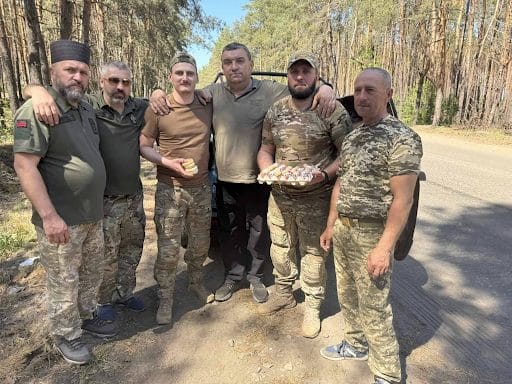
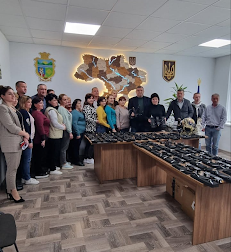
People of the Community
The head of the community is Vasyl Shemchuk.
From the first days of the war, Vasyl Shemchuk has been actively involved in every significant initiative. He is always among the people, helping, supporting, and organizing. He can be seen at humanitarian aid points, volunteer events, and among those who daily contribute to Ukraine’s resilience.
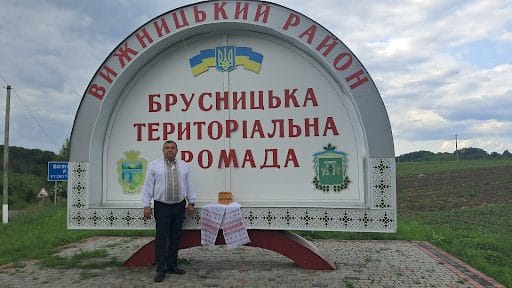
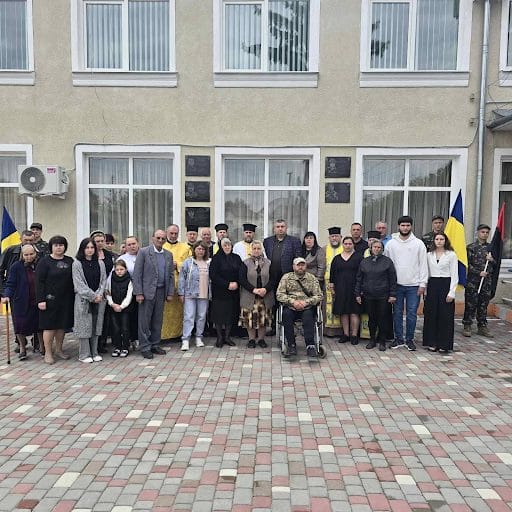
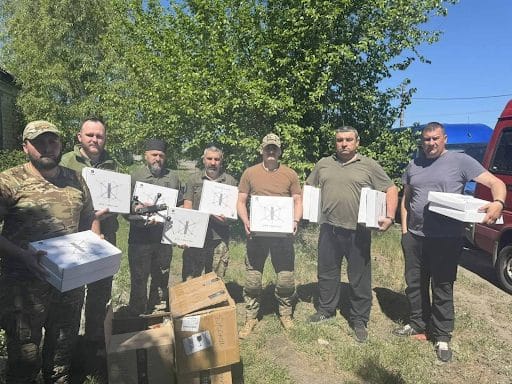
The Brusnytsia community is proud of its talented individuals who have brought fame far beyond the region. A native of Chortoryia, Ivan Mykolaichuk, became a symbol of Ukrainian cinema. Among modern prides are the “Teacher of the Year 2024,” Mykhailo Hunko, and pankration athletes known for their victories at national and international levels.
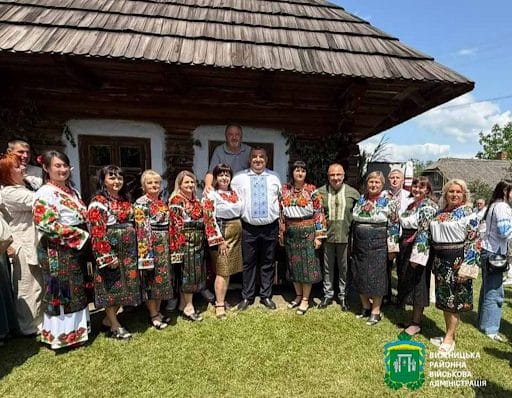
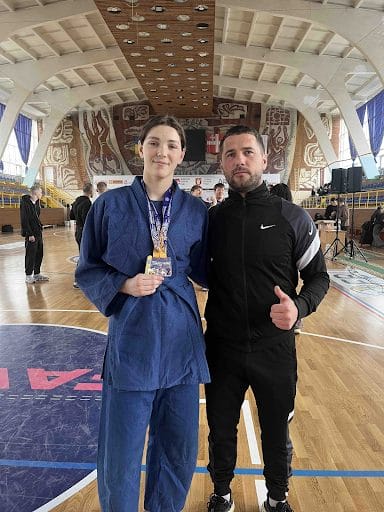

Development Strategy
The main directions of the Brusnytsia Community Development Strategy include the following goals:
- Economic and Social Welfare of the Community:
– Creating conditions for sustainable economic development;
– Supporting small and medium-sized businesses;
– Improving residents’ quality of life.
- Development of Infrastructure and Spatial Planning:
– Enhancing transport accessibility;
– Modernizing communal infrastructure;
– Rational use of territories.
- Development of Tourism and Recreation:
– Developing tourist routes;
– Supporting sanatorium and wellness facilities;
– Creating high-quality recreational zones.
- Creating Conditions for Human Resource Growth:
– Supporting youth initiatives;
– Promoting employment and human capital development;
– Improving living and family conditions.

Sources
- Official website of the Brusnytsia Village Council: brusnycka-gromada.gov.ua
- Official Facebook page of the Village Council: facebook.com/brusnitsyaOTG
